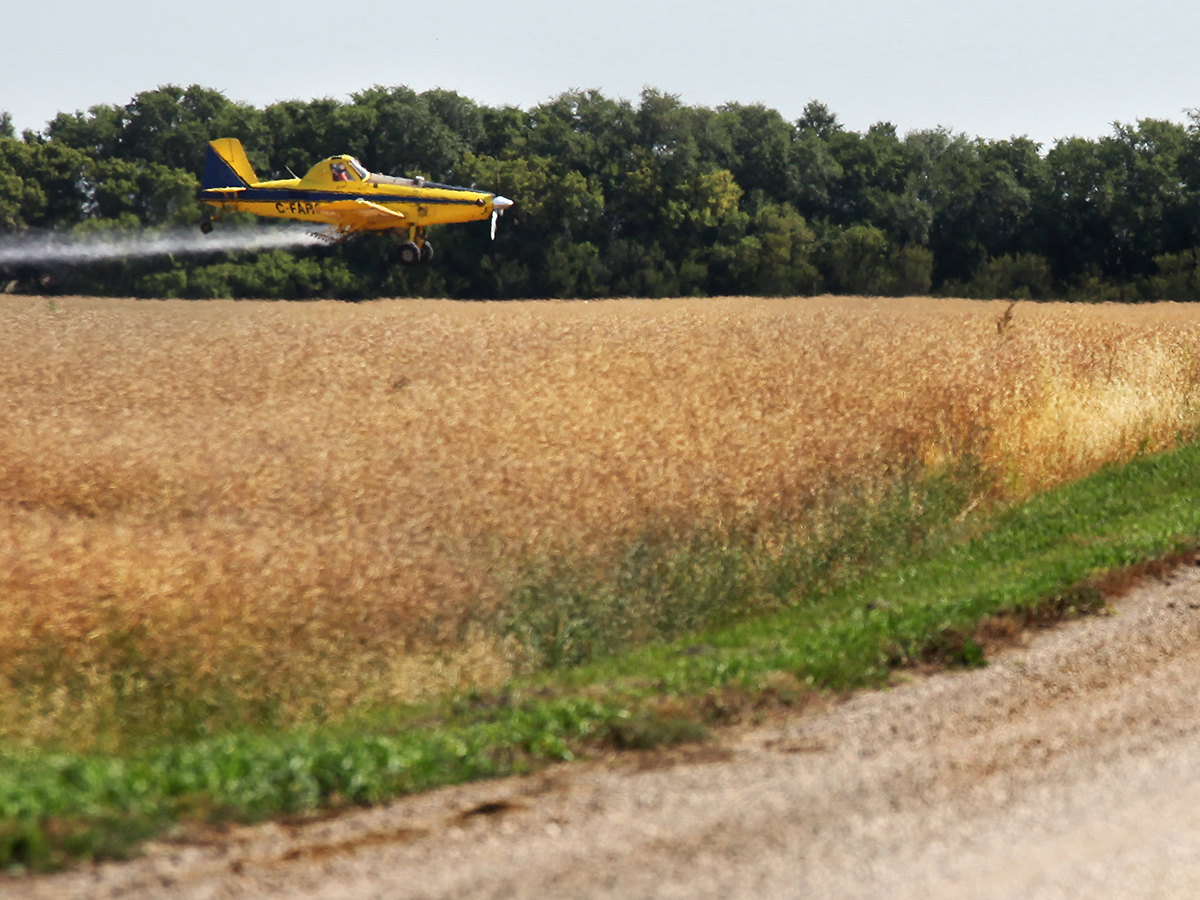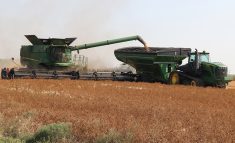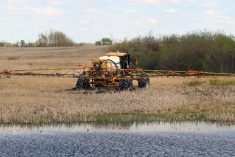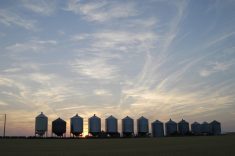What comes first, strategy or leadership? It’s a classic “chicken and the egg” situation.
Putting an effective strategy in place, one that provides a solid foundation for the many decisions that occur on a farm throughout the year, is a product of leadership.
On the other hand, leadership, specifically the action of carving out time to build and train an effective leadership team, would be one of the key components of any well-designed strategy.
Read Also

Intergenerational rollover rules can help succession plans
One of the most significant concerns in succession planning for farmers is the tax bill that can come with passing the farm to the next generation.
They are intertwined. Let’s untangle them a bit and see where a typical farm could or should start.
There can be some sensitivity within a farm family about formally applying a title to the leadership function within the business, such as chief executive officer.
This is understandable. For many years, farms have survived and even thrived without it.
However, things change. It’s somewhat inevitable that, as an industry, we have come to the point where continued growth in size and complexity necessitates a more deliberate and defined approach to the leadership role on the management team.
We’ve watched numerous farms struggle with the dynamics and optics of who “gets” to be the CEO.
It’s possible to have a rotating CEO role where, within a family farm, each management team member serves a term as CEO.
It can work, yes, but it’s not ideal.
For example, the big picture decisions of a farm have long-lasting implications. Strategies need to be robust enough to stand the test of time, through good years and more importantly, the bad years.
A rotating CEO can introduce so much change that it works against the very principles of a long-term strategy.
The CEO title in and of itself is not as important as what it represents and what its function is within the family business.
This dynamic isn’t unique to farms. Small and medium sized family businesses similarly struggle with the leadership function.
For farms, while there are sound reasons why a defined leadership role, such as a CEO, will benefit the family farm business, accountability is a shared responsibility. It isn’t the responsibility of one individual.
There is also the issue of focus when it comes to strategic leadership.
This also connects with accountability. Leaders on farms logically are inclined to focus on operational leadership — day-to-day operations, problem solving and ensuring the smooth functioning of the farm.
We’ve established that strategy and leadership are fundamentally connected.
Strategy presents the path that a business uses to achieve what the business (farm and family) is working toward. Leadership involves guiding individuals and business along the way.
Strategic leadership involves effective communication and adaptability because a farm business is not static, and decision-making that is aligned with the long-term vision and accountability is required to get things done.
It is especially important that we stop for a minute here and extend the timeline out for 20 years.
Increasingly, the effectiveness of a leader in a farm family business will be tied to the big picture, creating the plan for the organization and effectively guiding it toward its overall vision. That’s strategic leadership. And it plays directly into transition.
One of the common pitfalls of intergenerational transition is the lack of leadership — where someone within a farm family takes a leadership role and literally starts the process.
Even more problematic, from our observations, are situations where leadership is lacking when it comes to implementation and where the whole process drags or even stalls completely.
Simply put, farms struggle with transition as they are currently structured. Imagine what the associated challenges will be with transitioning a farm 20 years from now.
The leadership that will be required to effectively guide a farm family through that transition must begin to be put in place long before the transition occurs.
As well, that leadership function through the future transition will benefit from having an accompanying robust strategy.
To wrap up, it doesn’t necessarily matter if you choose the chicken or the egg. Working toward either a) defining leadership, or b) setting strategy, will inevitably result in the improvement of the other.
Therefore, it’s less important to worry about which one to start with — It’s more important that you start.
Leadership and strategy are just as important as operating efficiency when considering the long-term, big-picture horizon.















